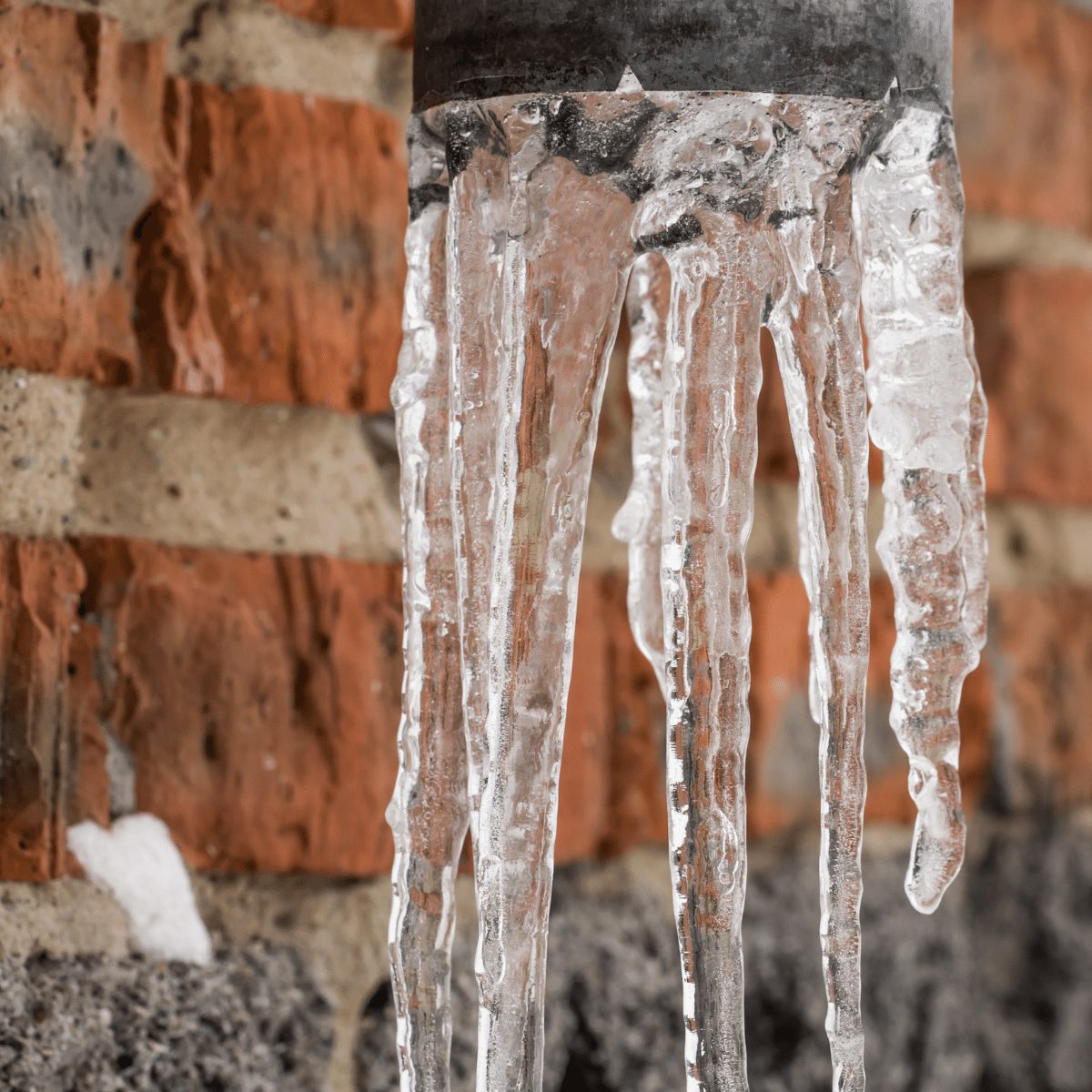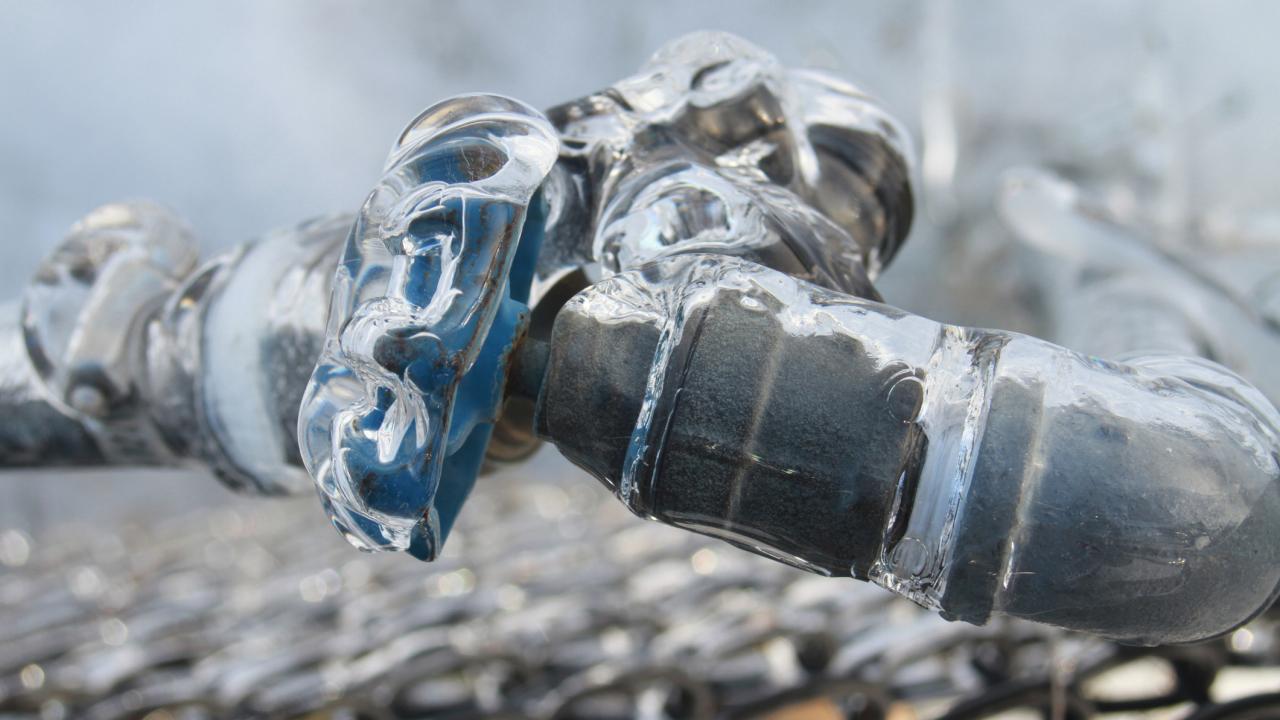This post which follows involving Preventing and dealing with frozen pipes is especially fascinating. You should check this stuff out.

Cold weather can wreak havoc on your plumbing, specifically by freezing pipelines. Right here's how to stop it from occurring and what to do if it does.
Introduction
As temperatures decrease, the threat of frozen pipes increases, potentially bring about expensive repair work and water damages. Recognizing just how to stop icy pipes is critical for property owners in cold climates.
Comprehending Frozen Pipes
What creates pipelines to freeze?
Pipes freeze when exposed to temperatures listed below 32 ° F (0 ° C) for prolonged periods. As water inside the pipes freezes, it expands, taxing the pipe walls and possibly triggering them to burst.
Threats and problems
Frozen pipes can lead to water interruptions, property damage, and pricey repair work. Ruptured pipes can flood homes and create considerable structural damage.
Indications of Frozen Pipeline
Recognizing icy pipes early can avoid them from breaking.
How to identify frozen pipes
Seek reduced water flow from taps, unusual smells or noises from pipes, and visible frost on revealed pipes.
Avoidance Tips
Protecting vulnerable pipelines
Cover pipelines in insulation sleeves or utilize warmth tape to safeguard them from freezing temperatures. Focus on pipelines in unheated or exterior areas of the home.
Home heating techniques
Keep indoor areas appropriately heated up, specifically areas with pipes. Open up closet doors to allow cozy air to circulate around pipelines under sinks.
Shielding Outside Plumbing
Yard tubes and outside taps
Detach and drain garden hose pipes before winter months. Install frost-proof spigots or cover exterior taps with protected caps.
What to Do If Your Pipelines Freeze
Immediate activities to take
If you believe icy pipes, keep taps open up to relieve pressure as the ice melts. Use a hairdryer or towels taken in hot water to thaw pipes slowly.
Long-Term Solutions
Architectural changes
Think about rerouting pipes far from outside wall surfaces or unheated areas. Include added insulation to attics, basements, and crawl spaces.
Upgrading insulation
Invest in top notch insulation for pipes, attic rooms, and wall surfaces. Proper insulation aids maintain regular temperatures and lowers the risk of frozen pipelines.
Conclusion
Preventing frozen pipelines requires proactive measures and fast responses. By recognizing the reasons, signs, and preventive measures, home owners can protect their plumbing during cold weather.
5 Ways to Prevent Frozen Pipes
Drain Outdoor Faucets and Disconnect Hoses
First, close the shut-off valve that controls the flow of water in the pipe to your outdoor faucet. Then, head outside to disconnect and drain your hose and open the outdoor faucet to allow the water to completely drain out of the line. Turn off the faucet when done. Finally, head back to the shut-off valve and drain the remaining water inside the pipe into a bucket or container. Additionally, if you have a home irrigation system, you should consider hiring an expert to clear the system of water each year.
Insulate Pipes
One of the best and most cost-effective methods for preventing frozen water pipes is to wrap your pipes with insulation. This is especially important for areas in your home that aren’t exposed to heat, such as an attic. We suggest using foam sleeves, which can typically be found at your local hardware store.
Keep Heat Running at 65
Your pipes are located inside your walls, and the temperature there is much colder than the rest of the house. To prevent your pipes from freezing, The Insurance Information Institute suggests that you keep your home heated to at least 65 degrees, even when traveling. You may want to invest in smart devices that can keep an eye on the temperature in your home while you’re away.
Leave Water Dripping
Moving water — even a small trickle — can prevent ice from forming inside your pipes. When freezing temps are imminent, start a drip of water from all faucets that serve exposed pipes. Leaving a few faucets running will also help relieve pressure inside the pipes and help prevent a rupture if the water inside freezes.
Open Cupboard Doors
Warm your kitchen and bathroom pipes by opening cupboards and vanities. You should also leave your interior doors ajar to help warm air circulate evenly throughout your home.

We are very excited about Preventing and dealing with frozen pipes and I'm hoping you enjoyed my piece. For those who appreciated our article plz do not forget to pass it around. Thanks for taking the time to read it.
Information Here
Comments on “Tips to Defend Your Pipes from Freezing: Specialist Tips”